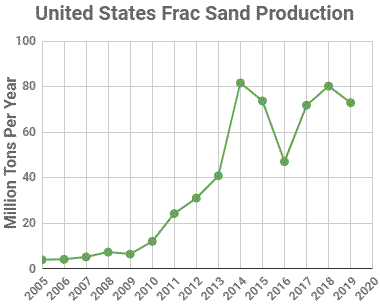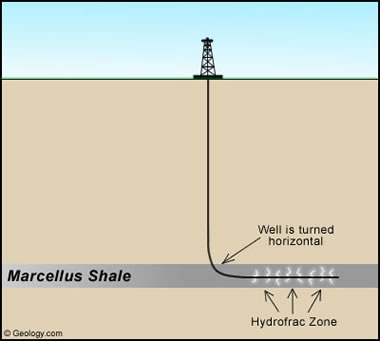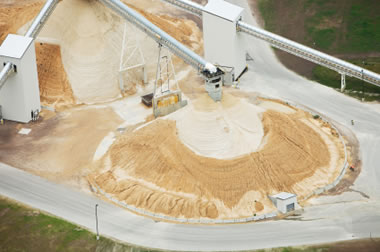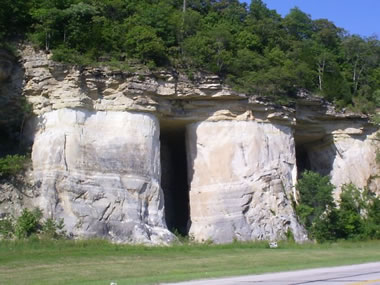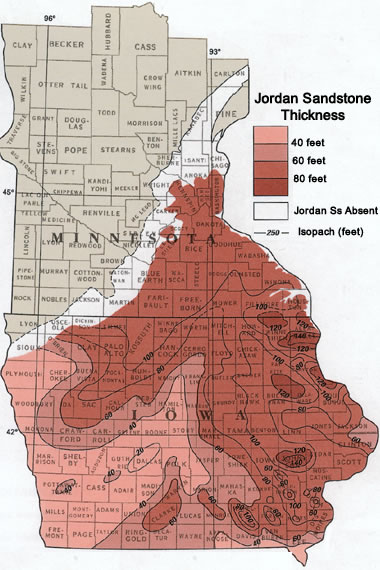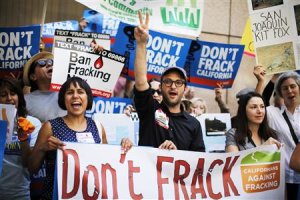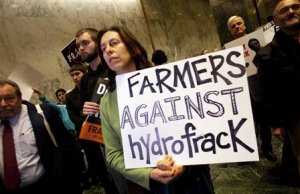By Sharon Begley
NEW YORK (Reuters) - Powerful earthquakes thousands of miles away can
trigger swarms of minor quakes near wastewater-injection wells like those used
in oil and gas recovery, scientists reported on Thursday, sometimes followed
months later by quakes big enough to destroy buildings.
The discovery, published in the journal Science by one of the world's
leading seismology labs, threatens to make hydraulic fracturing, or "fracking,"
which involves injecting fluid deep underground, even more controversial.
It comes as the U.S. Environmental Protection Agency conducts a study of
the effects of fracking, particularly the disposal of wastewater, which could
form the basis of new regulations on oil and gas drilling.
Geologists have known for 50 years that injecting fluid underground can
increase pressure on seismic faults and make them more likely to slip. The
result is an "induced" quake.
A recent surge in U.S. oil and gas production - much of it using vast
amounts of water to crack open rocks and release natural gas, as in fracking, or
to bring up oil and gas from standard wells - has been linked to an increase in
small to moderate induced earthquakes in Oklahoma, Arkansas, Ohio, Texas and
Colorado.
Now seismologists at Columbia University say they have identified three
quakes - in Oklahoma, Colorado and Texas - that were triggered at injection-well
sites by major earthquakes a long distance away.
"The fluids (in wastewater injection wells) are driving the faults to their
tipping point," said Nicholas van der Elst of Columbia's Lamont-Doherty Earth
Observatory in Palisades, New York, who led the study. It was funded by the
National Science Foundation and the U.S. Geological Survey.
Fracking opponents' main concern is that it will release toxic chemicals
into water supplies, said John Armstrong, a spokesman for New Yorkers Against
Fracking, an advocacy group.
But "when you tell people the process is linked to earthquakes, the
reaction is, 'what? They're doing something that can cause earthquakes?' This
really should be a stark warning," he said.
Fracking proponents reacted cautiously to the study.
"More fact-based research ... aimed at further reducing the very rare
occurrence of seismicity associated with underground injection wells is
welcomed, and will certainly help enable more responsible natural gas
development," said Kathryn Klaber, chief executive of the Marcellus Shale
Coalition.
'DYNAMIC TRIGGERING'
Quakes with a magnitude of 2 or lower, which can hardly be felt, are
routinely produced in fracking, said geologist William Ellsworth of the U.S.
Geological Survey, an expert on human-induced earthquakes who was not involved
in the study.
The largest fracking-induced earthquake "was magnitude 3.6, which is too
small to pose a serious risk," he wrote in Science.
But van der Elst and colleagues found evidence that injection wells can set
the stage for more dangerous quakes. Because pressure from wastewater wells
stresses nearby faults, if seismic waves speeding across Earth's surface hit the
fault it can rupture and, months later, produce an earthquake stronger than
magnitude 5.
What seems to happen is that wastewater injection leaves local faults
"critically loaded," or on the verge of rupture. Even weak seismic waves from
faraway quakes are therefore enough to set off a swarm of small quakes in a
process called "dynamic triggering."
"I have observed remote triggering in Oklahoma," said seismologist Austin
Holland of the Oklahoma Geological Survey, who was not involved in the study.
"This has occurred in areas where no injections are going on, but it is more
likely to occur in injection areas."
Once these triggered quakes stop, the danger is not necessarily over. The
swarm of quakes, said Heather Savage of Lamont-Doherty and a co-author of the
study, "could indicate that faults are becoming critically stressed and might
soon host a larger earthquake."
For instance, seismic waves from an 8.8 quake in Maule, Chile, in February
2010 rippled across the planet and triggered a 4.1 quake in Prague, Oklahoma -
site of the Wilzetta oil field - some 16 hours later.
That was followed by months of smaller tremors in Oklahoma, and then the
largest quake yet associated with wastewater injection, a 5.7 temblor in Prague
on November 6, 2011.
That quake destroyed 14 homes, buckled a highway and injured two
people.
The Prague quake is "not only one of the largest earthquakes to be
associated with wastewater disposal, but also one of the largest linked to a
remote triggering event," said van der Elst.
The Chile quake also caused a swarm of small temblors in Trinidad,
Colorado, near wells where wastewater used to extract methane from coal beds had
been injected.
On August 22, 2011, a magnitude 5.3 quake hit Trinidad, damaging dozens of
buildings.
The 9.1 earthquake in Japan in March 2011, which caused a devastating
tsunami, triggered a swarm of small quakes in Snyder, Texas - site of the
Cogdell oil field. That autumn, Snyder experienced a 4.5 quake.
The presence of injection wells does not mean an area is doomed to have a
swarm of earthquakes as a result of seismic activity half a world away, and a
swarm of induced quakes does not necessarily portend a big one.
Guy, Arkansas; Jones, Oklahoma; and Youngstown, Ohio, have all experienced
moderate induced quakes due to fluid injection from oil or gas drilling. But
none has had a quake triggered by a distant temblor.
Long-distance triggering is most likely where wastewater wells have been
operating for decades and where there is little history of earthquake activity,
the researchers write.
"The important thing now is to establish how common this is," said
Oklahoma's Holland, referring to remotely triggered quakes. "We don't have a
good answer to that question yet."
Before the advent of injection wells, triggered earthquakes were a purely
natural phenomenon. A 7.3 quake in California's Mojave Desert in 1992 set off a
series of tiny quakes north of Yellowstone National Park in Wyoming, for
instance.
Now, according to the Science paper, triggered quakes can occur where human
activity has weakened faults.
Current federal and state regulations for wastewater disposal wells focus
on protecting drinking water sources from contamination, not on earthquake
hazards.
(Reporting by Sharon Begley; Additional reporting by Edward McAllister;
Editing by Michele Gershberg and Xavier Briand)
